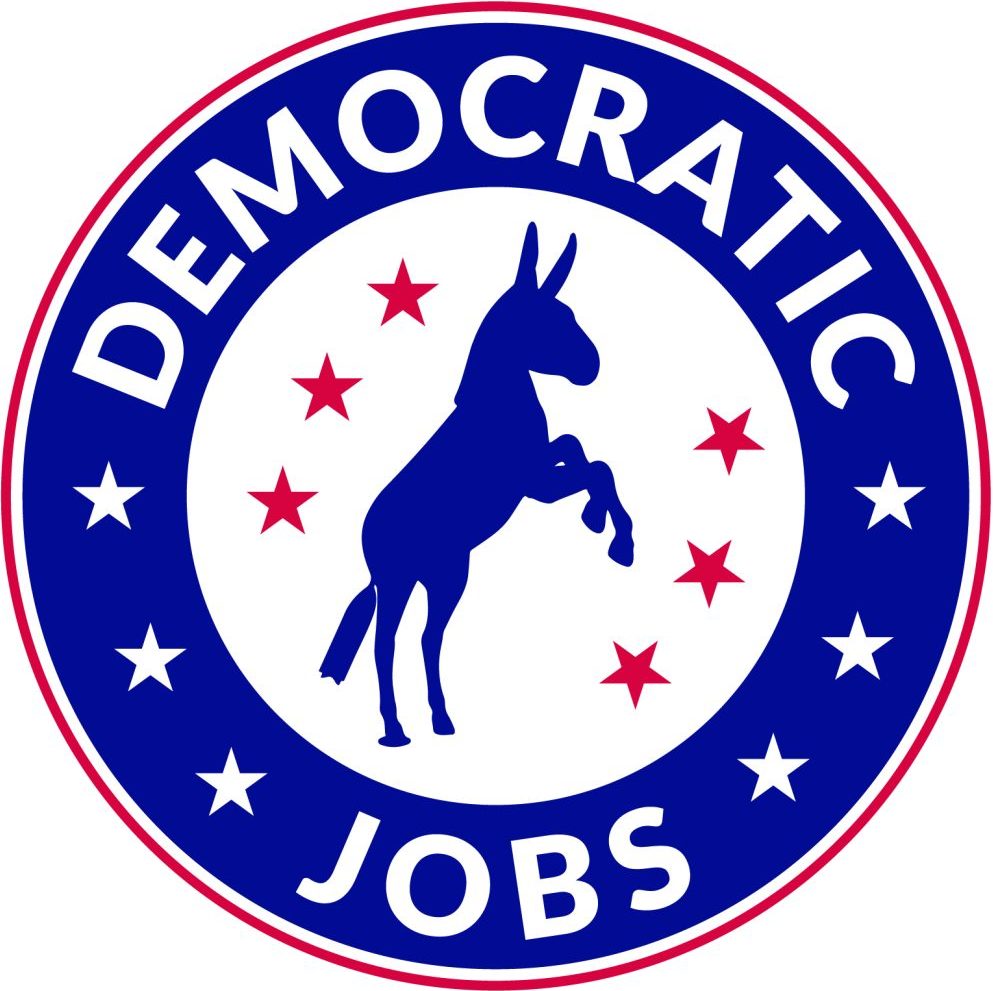In the realm of American politics, the role of the Democratic Party Chairperson is one of immense significance. This leadership position within the Democratic Party holds the key to shaping the party’s policies, strategies, and overall direction. In this article, we delve into the responsibilities and significance of the Democratic Party Chairperson, shedding light on the pivotal role they play in guiding the party toward its goals and ideals.
The Democratic Party Chairperson: An Introduction
The Democratic Party, one of the two major political parties in the United States, has a rich history dating back to its formation in 1828. Throughout the years, it has been at the forefront of numerous social and political changes, championing issues such as civil rights, healthcare, and climate change. At the helm of this influential party is the Democratic Party Chairperson.
The Role of the Chairperson
The Chairperson of the Democratic Party is responsible for overseeing and managing the party’s operations, both at the national and state levels. Their primary duties encompass a wide array of responsibilities, all aimed at advancing the party’s goals. Some of the key functions of the Democratic Party Chairperson include:
1. Strategic Planning
The Chairperson is the chief strategist for the Democratic Party. They work with party leaders, elected officials, and grassroots organizations to develop a comprehensive strategy that outlines the party’s vision and mission. This strategy serves as a roadmap for achieving the party’s objectives.
2. Fundraising
Financing political campaigns and activities is a critical aspect of modern politics. The Chairperson plays a pivotal role in fundraising efforts, ensuring that the party has the necessary resources to compete effectively in elections.
3. Campaigning
During election seasons, the Chairperson leads campaign efforts, working closely with candidates and campaign teams to coordinate their activities. Their role is to provide support, resources, and strategic guidance to maximize the party’s chances of success.
4. Building Alliances
The Democratic Party Chairperson is also tasked with building and maintaining alliances with various interest groups, unions, and advocacy organizations. These partnerships help strengthen the party’s position and broaden its base of support.
The Selection Process
The Chairperson of the Democratic Party is not appointed for life; rather, they are elected by the members of the Democratic National Committee (DNC). The Chairperson serves a four-year term, and their election is a reflection of the party’s evolving priorities and goals. This democratic selection process ensures that the Chairperson is attuned to the wishes and aspirations of the party’s members.
The Democratic Party Chairperson’s Impact on Policy
One of the most significant influences of the Democratic Party Chairperson is their role in shaping the party’s policy agenda. As the party’s chief spokesperson and strategist, the Chairperson plays a pivotal role in advocating for key policy initiatives. Their vision and leadership can have a profound impact on the direction of the Democratic Party.
Legislative Agendas
The Chairperson works closely with Democratic members of Congress, senators, and governors to advance legislative priorities. Their ability to rally support and build coalitions can lead to the passage of critical bills and the implementation of progressive policies.
Party Platform
At the Democratic National Convention, the Chairperson has a key role in shaping the party platform. This document outlines the party’s core principles and policy positions, providing a clear guide for Democratic candidates and elected officials.
Advocacy and Messaging
The Chairperson is also responsible for crafting the party’s messaging and communication strategies. They work to ensure that the party’s positions on various issues are effectively communicated to the public, the media, and party members.
The Democratic Party Chairperson’s Historical Significance
Throughout American history, Democratic Party Chairpersons have left an indelible mark on the nation’s political landscape. Leaders such as Howard Dean, Donna Brazile, and Tom Perez have played pivotal roles in shaping the party and advancing its goals.
Howard Dean
Dean’s tenure as Chairperson from 2005 to 2009 was marked by his “50-State Strategy,” an ambitious plan to build party infrastructure in all states, not just traditional Democratic strongholds. This strategy laid the groundwork for Democratic victories in unexpected places, such as the election of President Barack Obama.
Donna Brazile
Donna Brazile, the interim Chairperson in 2011, brought her wealth of experience to the position. She was known for her commitment to increasing diversity within the party and advocating for inclusive policies.
Tom Perez
As Chairperson from 2017 to 2021, Tom Perez focused on strengthening the party’s digital and data infrastructure. His efforts were crucial in the 2018 midterm elections, which saw the Democrats retake the House of Representatives.
The Democratic Party Chairperson: A Catalyst for Change
In conclusion, the Democratic Party Chairperson is a linchpin in the party’s machinery. They guide the party’s strategic direction, influence policy decisions, and play a crucial role in elections at all levels. This leadership position is essential for the Democratic Party’s continued evolution and relevance in American politics.
